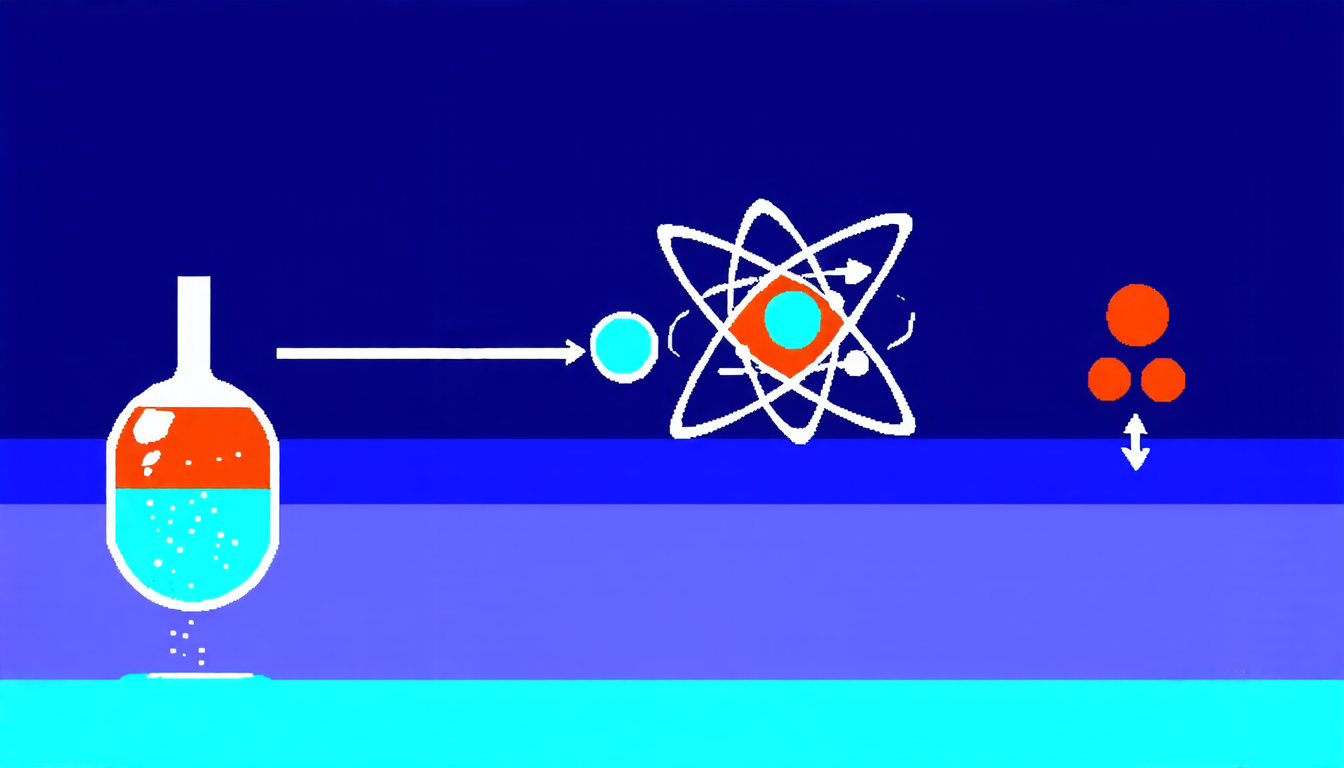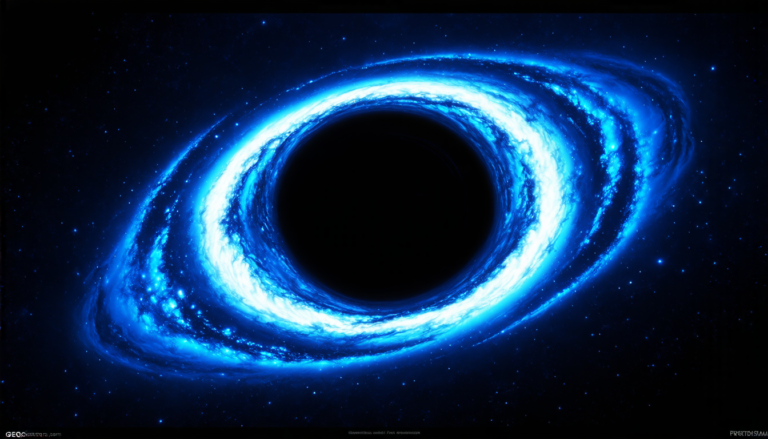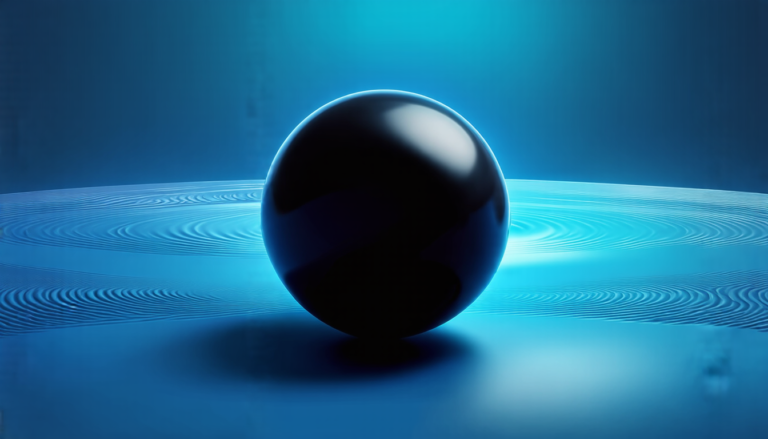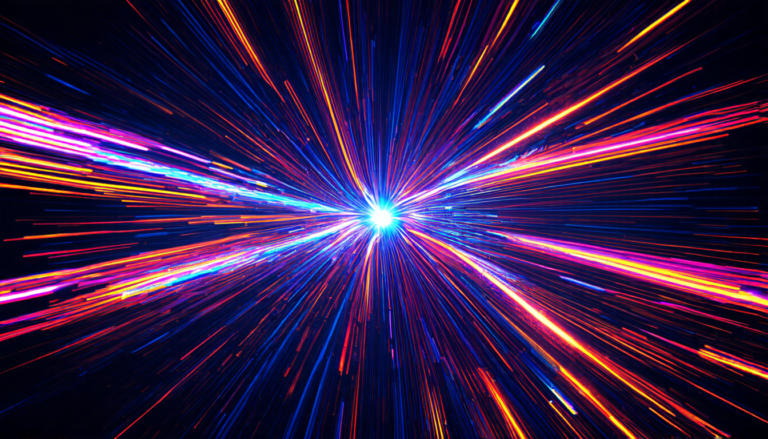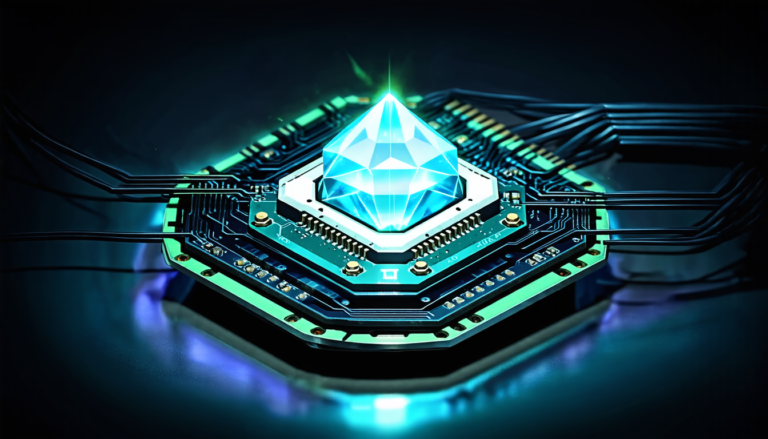Monday 26 May 2025
Physicists have made a major breakthrough in their quest to understand the properties of neutrinos, elusive particles that are abundant in the universe but difficult to detect. By analyzing data from the MicroBooNE experiment at the Fermilab particle accelerator in Illinois, scientists have gained new insights into the behavior of these enigmatic particles.
Neutrinos are created when high-energy particles collide with atomic nuclei, and they can travel long distances without being detected. They come in three flavors – electron, muon, and tau – and can change between these flavors as they interact with matter. This property makes them challenging to study, but also allows physicists to use them as a probe of the universe’s fundamental forces.
The MicroBooNE experiment is designed to detect neutrinos produced by a beam of protons that are accelerated to nearly the speed of light and then smashed into a target material. The resulting neutrino beam passes through a tank filled with liquid argon, which is surrounded by sophisticated detectors that can identify the particles produced when neutrinos interact with the argon atoms.
By analyzing the data collected by MicroBooNE, scientists have been able to reconstruct the properties of the neutrinos and the particles they produce. This has allowed them to study the behavior of neutrinos in unprecedented detail, including their energy and momentum distributions, as well as the angles at which they scatter off the argon atoms.
One of the key findings is that the experiment has observed a significant number of events consistent with neutrino interactions producing multiple neutrons. This could have important implications for our understanding of the fundamental forces of nature, particularly the weak nuclear force that governs neutrino interactions.
The MicroBooNE data also provides new insights into the properties of neutrinos themselves. By analyzing the energy and momentum distributions of the particles produced in neutrino interactions, scientists can learn more about the masses and mixing angles of the different neutrino flavors.
This research has important implications for our understanding of the universe and its fundamental forces. Neutrinos play a crucial role in many astrophysical processes, including the formation of stars and galaxies, and their properties can help us better understand these phenomena.
The MicroBooNE experiment is just one part of a larger effort to study neutrinos and their properties. Future experiments, such as the Deep Underground Neutrino Experiment (DUNE), will continue to push the boundaries of our knowledge about these mysterious particles.
Cite this article: “Unlocking the Secrets of Elusive Neutrinos”, The Science Archive, 2025.
Neutrinos, Microboone, Fermilab, Particle Accelerator, Illinois, Liquid Argon, Detectors, Neutrino Interactions, Weak Nuclear Force, Dune

